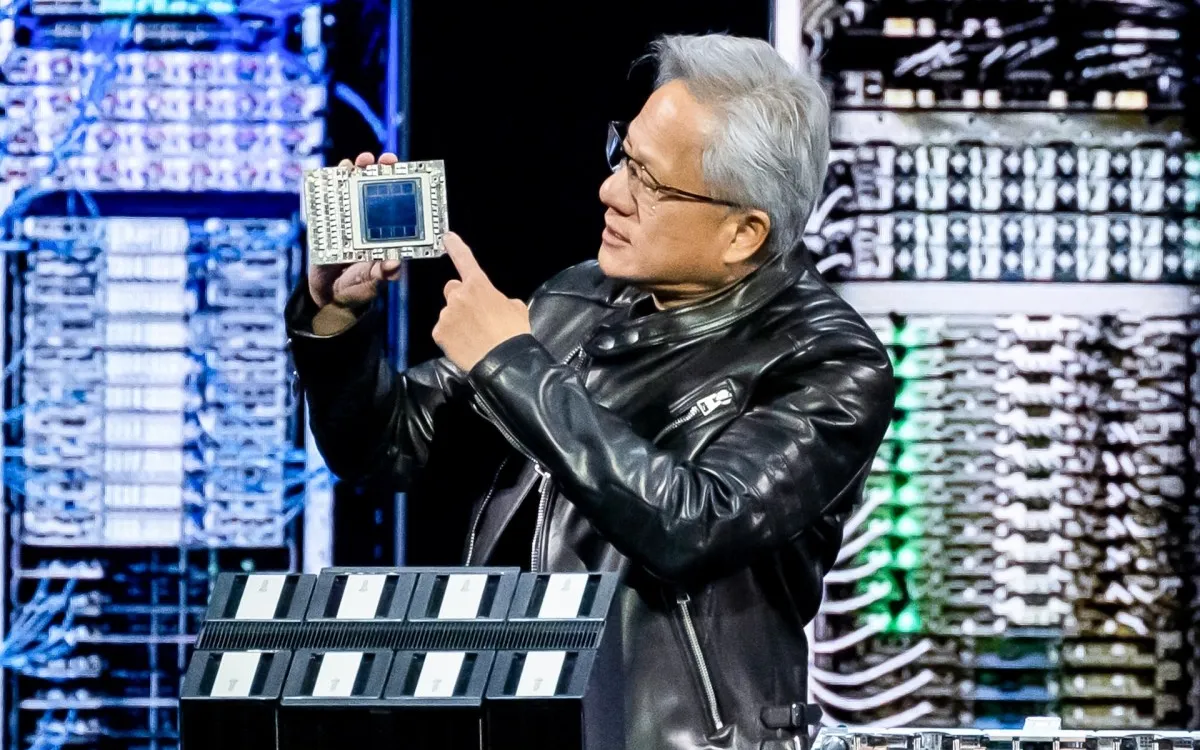
During his keynote address at the GTC 2025 conference, Nvidia CEO Jensen Huang continued the company’s tradition of unveiling groundbreaking announcements while also incorporating a fascinating history lesson. As he transitioned into the automotive segment of his speech, Huang highlighted the significance of AlexNet, a neural network architecture that achieved remarkable recognition in 2012 by winning a prestigious computer image recognition contest.
Developed by computer scientist Alex Krizhevsky in collaboration with Ilya Sutskever, who later co-founded OpenAI, and esteemed AI researcher Geoffrey Hinton, AlexNet marked a pivotal moment in the realm of technology. It achieved an impressive 84.7% accuracy in the ImageNET challenge, which led to a renewed interest in deep learning, a vital subset of machine learning that utilizes neural networks to analyze data.
According to Huang, the introduction of AlexNet was a game changer for Nvidia. “The moment I saw AlexNet — and we’ve been working on computer vision for a long time — it was such an inspiring moment,” he remarked during his presentation. “It caused us to decide to go all in on building self-driving cars. So we’ve been working on self-driving cars now for over a decade.”
As a result of this commitment, Nvidia has become a pivotal player in the autonomous vehicle sector, forging partnerships with a multitude of automakers, automotive suppliers, and technology firms focused on developing self-driving solutions. Recently, an expanded collaboration with General Motors (GM) was announced, further solidifying Nvidia's influence in the field.
Industry giants like Tesla and autonomous vehicle innovators such as Wayve and Waymo rely on Nvidia's powerful GPUs for their data center operations. Additionally, other companies leverage Nvidia’s Omniverse platform to create digital twins of their manufacturing facilities, allowing them to virtually test production processes and optimize vehicle designs.
Furthermore, esteemed automotive brands like Mercedes, Volvo, Toyota, and Zoox have adopted Nvidia’s Drive Orin computer system-on-chip, which is built on the advanced Nvidia Ampere supercomputing architecture. This technology plays a critical role in advancing the capabilities of autonomous driving systems.
In addition, companies such as Toyota are utilizing Nvidia’s safety-focused operating system, DriveOS, to enhance the reliability and safety of their autonomous vehicles.
The overarching takeaway is clear: Nvidia's technology is deeply embedded within the automotive industry, particularly in the realm of automated driving. With a robust portfolio of partnerships and advanced technologies, Nvidia continues to lead the charge in revolutionizing the way we think about and implement self-driving vehicles.